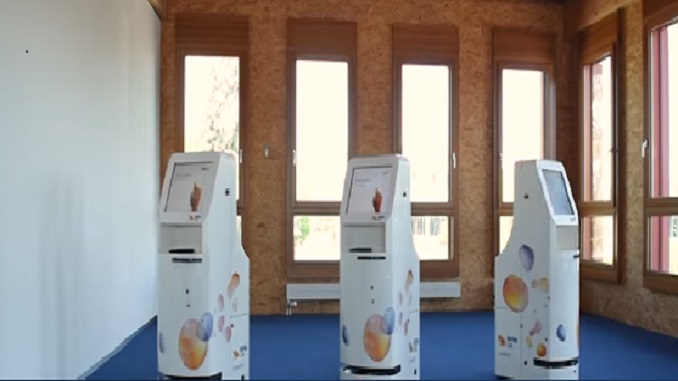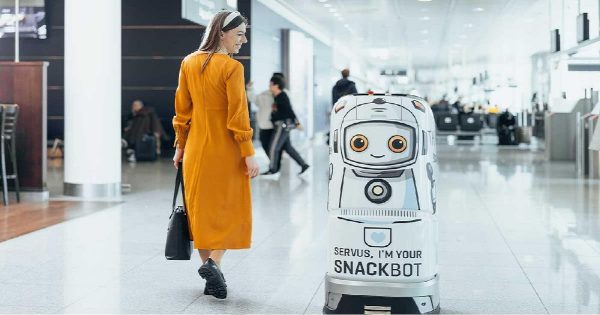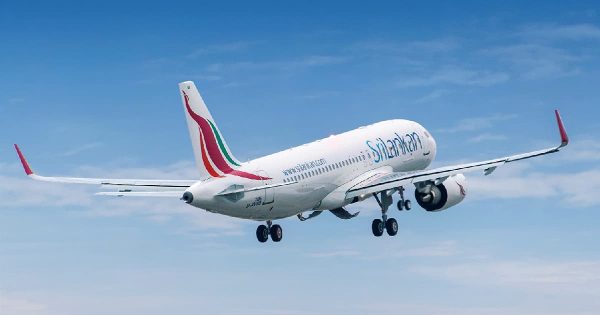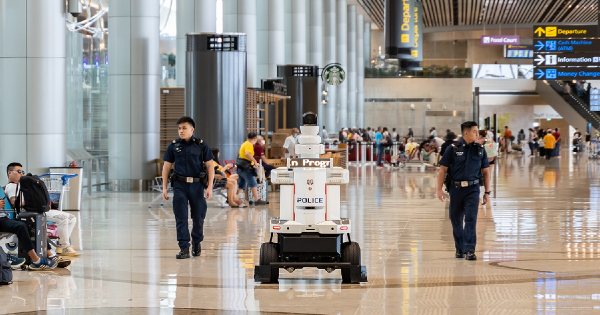SITA Lab has unveiled an intelligent check-in kiosk that will autonomously move to busy or congested areas in the airport as needed.
Like all robots it has a cute, human name. It is called KATE and follows LEO, SITA Lab’s baggage robot launched last year.
The robotic kiosk uses data sources including flight and passenger flow information to identify where additional check-in kiosks are required to reduce queue times at check-in.
It uses geo-location technology to find its way through the airport, using Wi-Fi to connect to airline and airport systems. So no need for cabling or other fixed attachments.
It moves around the airport terminal using obstacle avoidance technology to avoid bumping into people or things.
Multiple robotic kiosks can be automatically or manually deployed simultaneously, giving airports and airlines greater flexibility in managing peaks in passenger flow.
The kiosks can also communicate through a Cloud service to ensure that the right number of kiosks are at the right position when needed, making them highly responsive to changes in the airport.
KATE and her fellow robotic kiosks will automatically return to their docking stations when they are low on power or need to be resupplied with boarding passes or bag tags.
The kiosk can be deployed anywhere inside the airport as well as other offsite locations such as train stations. This is particularly relevant during periods of disruption – such as weather delays or flight cancellations – where additional kiosks can be moved from landside to airside to check-in rebooked passengers.
KATE is a joint development between SITA Lab and Swiss company, BluBotics.
N.B. Image credit: sita.aero







